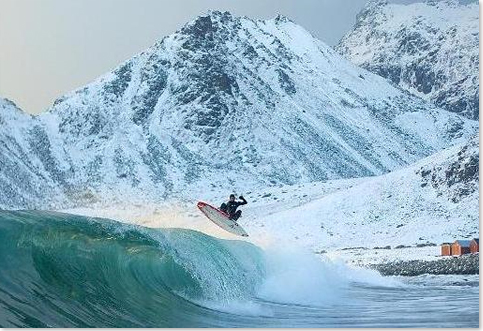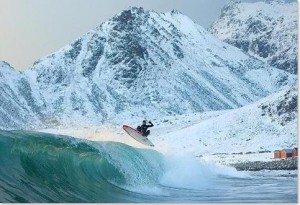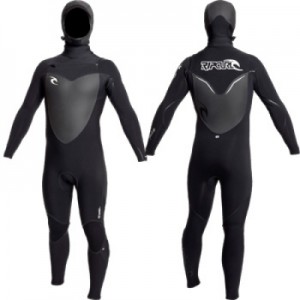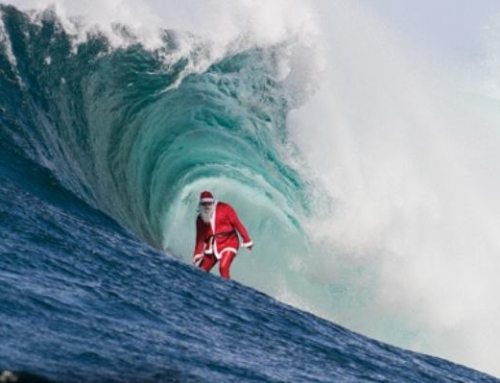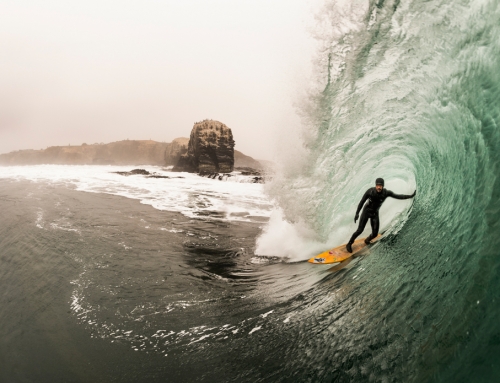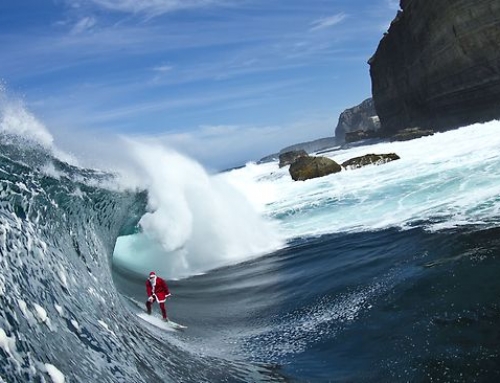Winter Wetsuits By Bodyline Wetsuit Repairs
With winter fast approaching, now’s the time to start thinking about winter wetsuits. Here is Bodyline Wetsuit Repairs full run down on winter suits.
Introduction – How Wetsuits Work
A neoprene wetsuit works by trapping a thin layer of water between your body and the wetsuit. Warmed by your body temperature, the layer of water keeps you warm whilst you are in the sea, and the neoprene provides protection against the elements.
Things to Consider – Thickness, Seams and Zips
Wetsuit Thickness
Put simply – the thicker the neoprene of your wetsuit is, the warmer your wetsuit will be!
Winter wetsuits need to be an appropriate thickness of neoprene. Material thickness of neoprene is measured in millimetres, represented numbers separated by a slash i.e. 6/5/4. The first number represents the thickness of the neoprene in the torso area and the subsequent numbers represents the thickness of the neoprene in the extremities (arms, legs and joints).
You need thicker neoprene for your torso in order to increase your core body heat. Also as thicker neoprene is less flexibility, these areas are the most suitable and require less flex and stretch. The thinner neoprene is used for your extremities, where your body is constantly in motion.
Wetsuit Seams
Sealed (Glued and Blind stitched)
Sealed seams are recommended for use in water that is above 12°C. Panels are glued and then blind stitched on the inside of the wetsuit. Blind stitching does not go all the way through the neoprene, instead the stitch comes out the same side it went in, making it practically watertight.
Sealed and Taped (Glued, Blind stitched and 100% Taped)
Sealed and taped seams are glued and then blind stitched, but it also contains an interior seam taping. The interior taping will add durability, reinforce the seam and prevent any water from seeping through.
This seam is recommended for use in water that is 12°C and below.
Flatlock
Flatlock stitching is recommended for use in water that is above 16°C and because it may let a little water into the wetsuit Bodyline Wetsuit Repairs would recommend opting for sealed or sealed and taped seams for winter wetsuits. See below our recommendations for wetsuit type, neoprene thickness, seam seal and accessories to help you choose the most suitable wetsuit.
Water Temperature and Wetsuit recommendation table
|
Water Temp °C |
Wetsuit Thickness Wetsuit Type Seal Type
|
| 12 – 9°C | 4/3mm or 5/4/3mm Full Suit, Boots, Gloves & Hood Sealed and Taped |
| 9 – 6°C | 5/4mm or 5/4/3mm Full Suit, Boots, Gloves & Hood Sealed and Taped |
| 5°C or below | 6/5mm or 6/5/4mm Full Suit, Boots, Gloves & Hood Sealed and Taped |
Bodyline Wetsuit Repairs recommends also taking the following into consideration;
– Air temperature
– Wind speed
– Level of activity in the water
– Sensitivity to the cold
Colder air temperatures, stronger wind and less movement in the water may require thicker winter wetsuits.
Wetsuit Zips
Opting for a chest zipped or back zipped winter wetsuit can often be a matter of personal preference. At Bodyline Wetsuit Repairs we use both styles during the winter months.
Back zipped suits are easier to put on and take off, important when you’re trying to put on a thicker wetsuit. On the downside they can let more water into your suit, so look for a winter wetsuit with a ‘bat wing’ flap which will be warmer.
A chest zip winter suit may be warmer as less water tends to enter the suit, but can often be harder to get on and off (especially with cold and numb fingers).
Accessories – Winter Essentials
In winter do not forget about wetsuit boots, gloves and hoods! In water that is colder than 15°C, wetsuit accessories such as gloves, boots and hoods are essential and help you stay warm.
Before buying a winter wetsuit, Bodyline Wetsuit Repairs recommends trying on a number of suits. The fit of a winter wetsuit is equally as important as the thickness.

